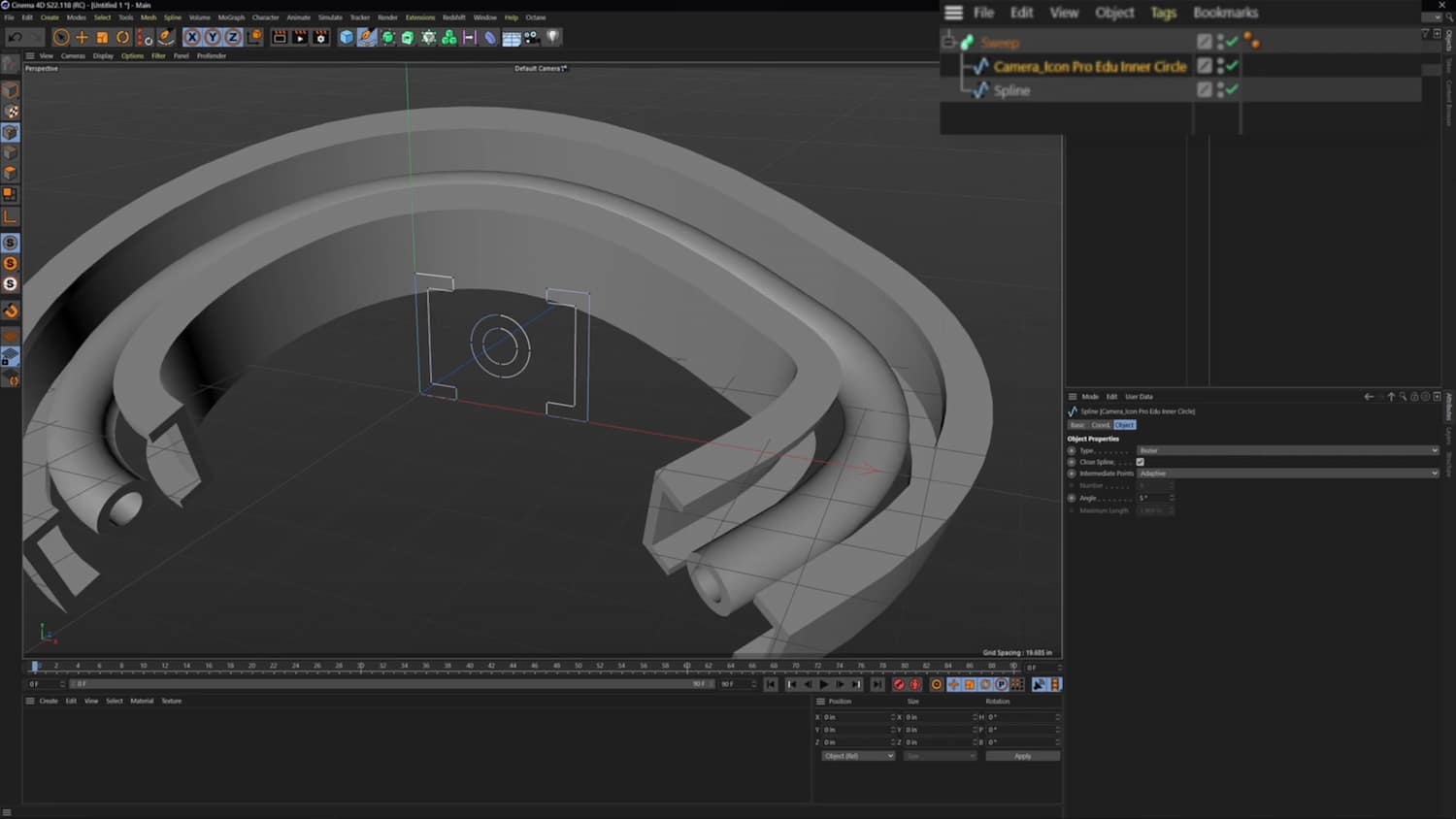


I think the strong points of this render engine are it’s ability for large output renders (CPU capability), Tweakable settings, Clipping Planes, and Vray Fur/Grass. It’s a very mature render engine with a lot of features. Vray’s quality is outstanding and it’s highly customizable. There used to be a long learning curve, but I think the latest version has solved that. From what I can tell and from talking with other users, Vray isn’t as hard to learn as it used to be. Vray – I’ve only had experience with V1 and V2 of Vray, but V3 has a LOT of improvements. If you have any kind of background in photography (I did) then you’ll pick up Maxwell quickly. It’s integrated fairly well into Rhino and it’s very easy to understand and learn. If you are primarily doing work that requires the utmost in photorealism and you are not wanting to do much postwork AND you have the time to allow for long render times, then Maxwell is a good choice. However, it’s still quite slow compared to the rest, even with GPU integration in the latest version. The others are not far behind though to be honest and with a hair of post work the quality differences start to disappear between all of these engines. Maxwell – I think it’s the highest quality output, most photorealistic. Below are my thoughts, and like everyone I have a favorite too and it’s Octane. I have quite a bit of experience with Thea, Octane, Maxwell, and Vray (older version of Vray, not the latest).īottom line is what you probably already know – each has it’s on strengths and weakness of course and I think it depends on the type of work you are primarily doing.


 0 kommentar(er)
0 kommentar(er)
